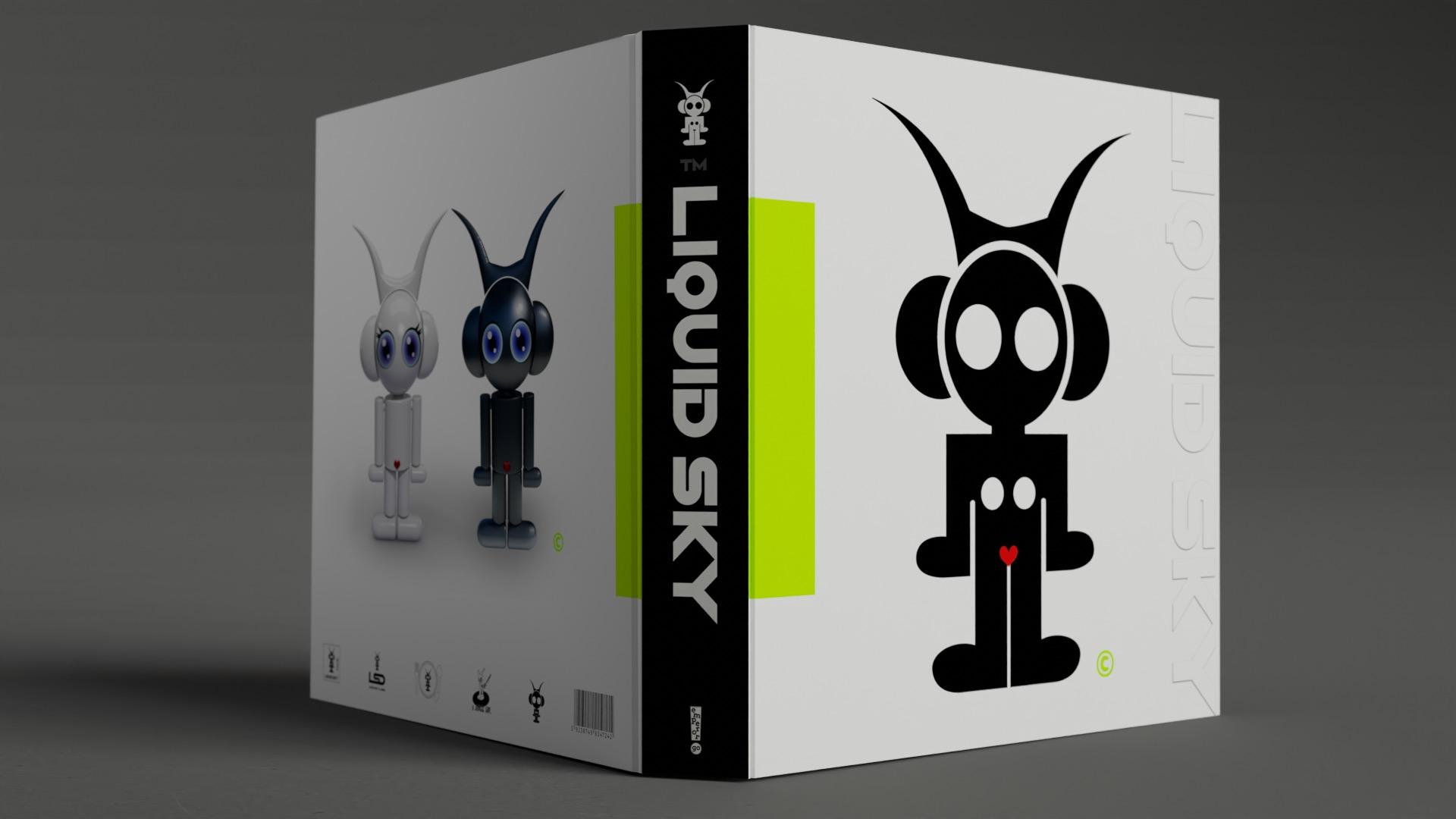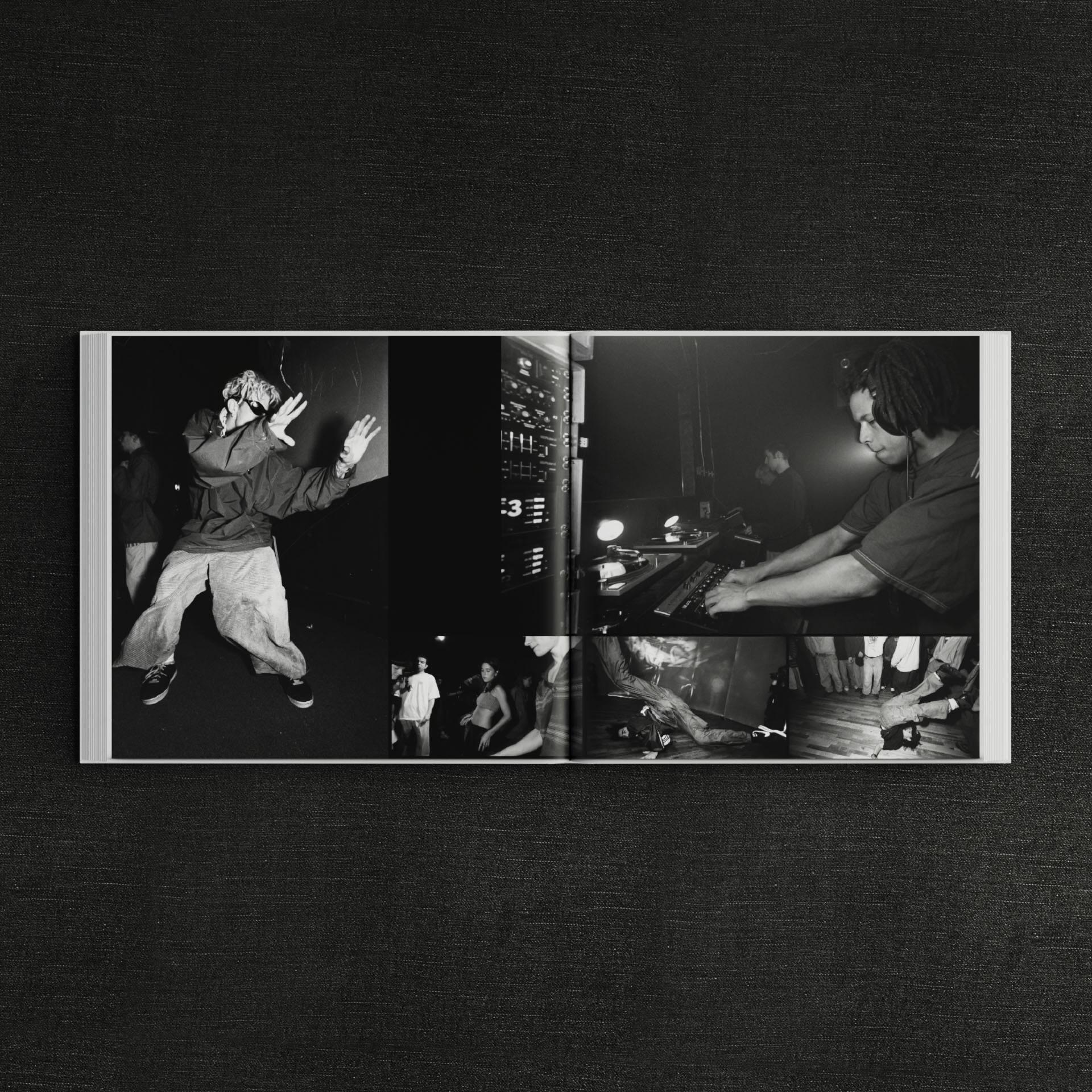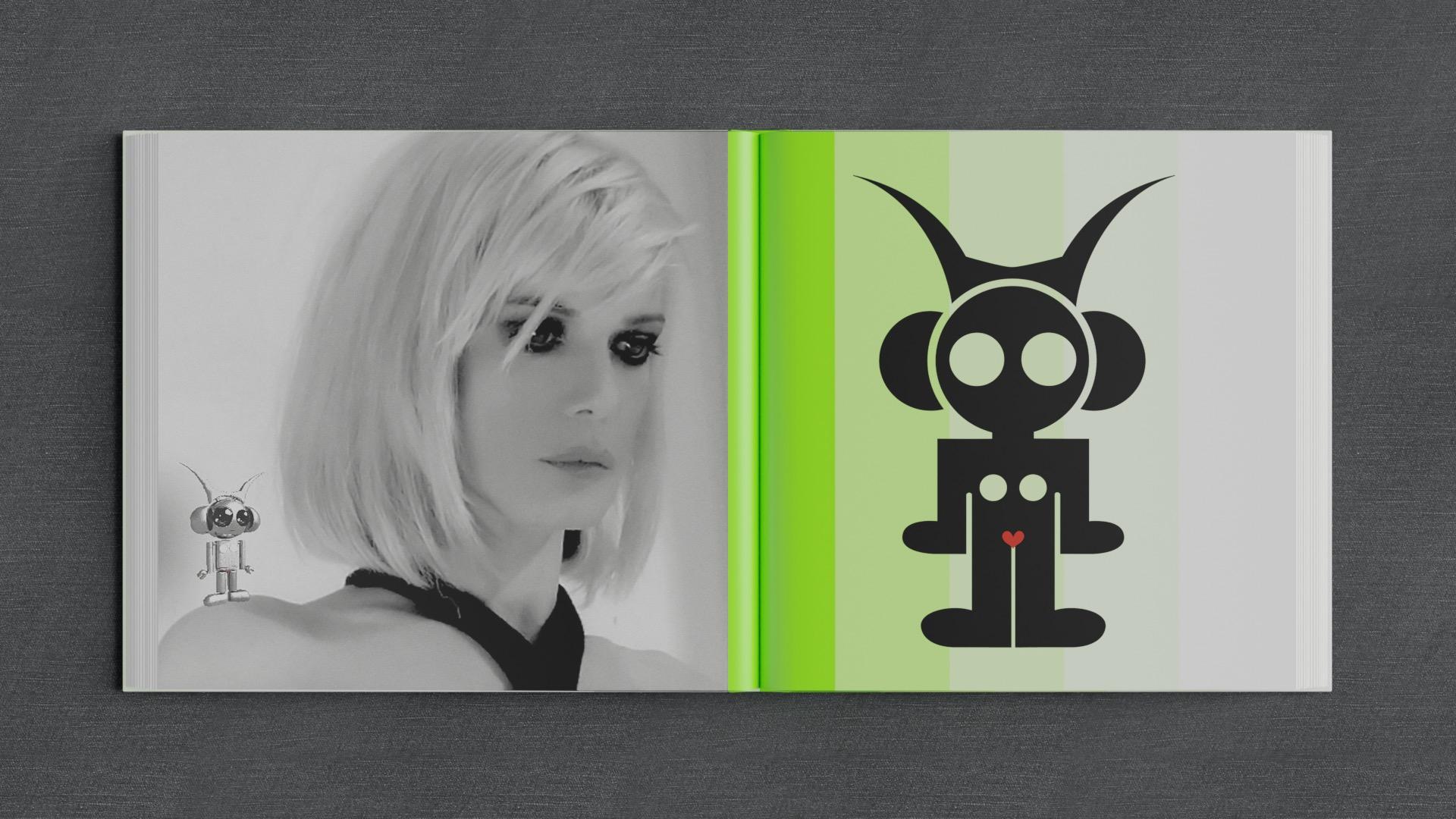
Founded in the early eighties as a boutique and makeup line that introduced Vivienne Westwood to Brazil, Liquid Sky immigrated to New York City in 1989 and opened a shop that helped launch an entire subculture. First settling on Broome Street in a still desolate portion of SoHo, the brainchild of DJ Soul Slinger and artist Rey Zorro (AKA Claudia Rey) was so much more than a brand and a clothing store. Liquid Sky’s combination of streetwear, art, and record store turned the shop into NYC’s headquarters for the underground rave culture of the early 1990s.
Their iconic logo, Astrogirl, was, and still is, an expression of freedom, creativity, rebellion, and love for New Yorkers of a certain age and taste—a truly avant-garde brand and a unifying symbol of the underground rave culture throughout the country.

After moving from Broome Street to Lafayette Street in the early nineties, Liquid Sky blossomed in a neighborhood that soon became the home of fellow streetwear designers like Supreme, X-girl, and X-Large, long before the block became a mecca for the fashion movement. Artwork by Rey Zorro and Rita Ackermann lined the walls of the shop, which was outfitted with custom benches by Toby Mott and shopping carts by Tom Sachs. The space-age corridors, inflatable dressing rooms, and waterfall in the front window quickly attracted young luminaries like musicians Björk, Moby, and the not-yet-discovered actress Chloë Sevigny, who worked behind the counter. Liquid Sky became a hangout for DJs, skaters, ravers, celebrities, and teens who hung out all day instead of going to school—many of whom went on to star in the Harmony Korine film, Kids.

This comprehensive biography contains interviews with key characters in the Liquid Sky movement—from the impresarios, Slinger and Rey, to Chloe Sevigny, Moby, the salesclerks, musicians, and artists who explain in detail what the nascent underground scene was like from the late eighties throughout its heyday as a key ingredient to the legendary club NASA and the outlaw parties of the early nineties. With compelling first-hand accounts, previously unreleased photos, fashion spreads, and rave culture ephemera, the Liquid Sky book chronicles the early days of the brand in Brazil through its decade in New York, its offshoots in Berlin and Cologne, its Greenpeace supported ecological and human rights festivals in the Brazilian rainforest and into the present, where the Liquid Sky Artist Collective is constructing modular synths and organizing reforestation efforts in southern Portugal.

Liquid Sky is as much an art book as it is an important historical document that describes a previously untranscribed epoch in fashion, art, and music in New York City, Europe, and beyond.

